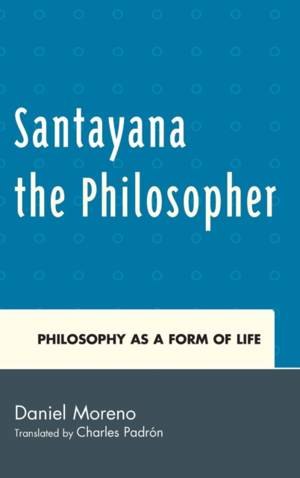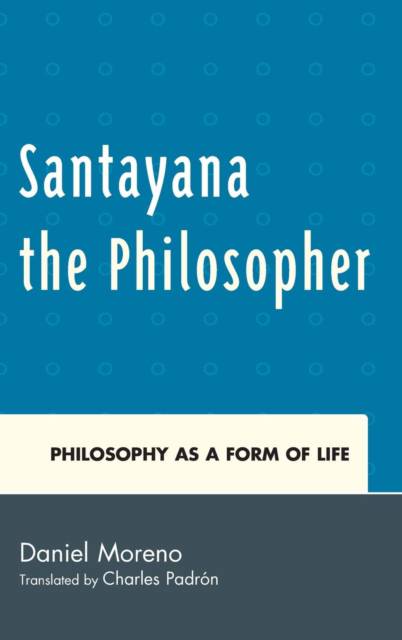
- Afhalen na 1 uur in een winkel met voorraad
- Gratis thuislevering in België vanaf € 30
- Ruim aanbod met 7 miljoen producten
- Afhalen na 1 uur in een winkel met voorraad
- Gratis thuislevering in België vanaf € 30
- Ruim aanbod met 7 miljoen producten
Zoeken
€ 163,45
+ 326 punten
Omschrijving
Santayana the Philosopher: Philosophy as a Form of Life highlights the far-ranging nuances of Santayana's philosophical system, while also discussing his ever-present concern for contemporary human affairs. Santayana understood the activity of philosophy in a Greek manner, as a form of life, but his interests always included the perennial philosophical questions and how they related to the present.
Specificaties
Betrokkenen
- Auteur(s):
- Vertaler(s):
- Uitgeverij:
Inhoud
- Aantal bladzijden:
- 230
- Taal:
- Engels
Eigenschappen
- Productcode (EAN):
- 9781611486551
- Verschijningsdatum:
- 6/03/2015
- Uitvoering:
- Hardcover
- Formaat:
- Genaaid
- Afmetingen:
- 152 mm x 244 mm
- Gewicht:
- 453 g

Alleen bij Standaard Boekhandel
+ 326 punten op je klantenkaart van Standaard Boekhandel
Beoordelingen
We publiceren alleen reviews die voldoen aan de voorwaarden voor reviews. Bekijk onze voorwaarden voor reviews.








